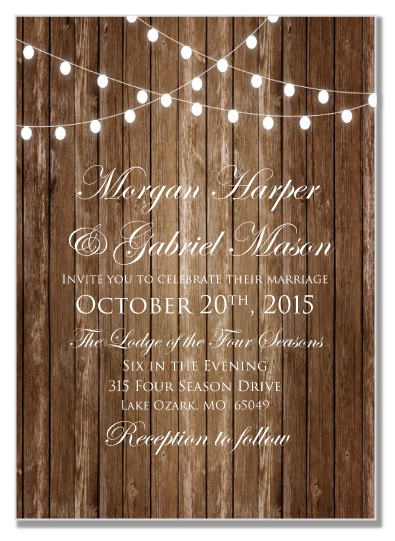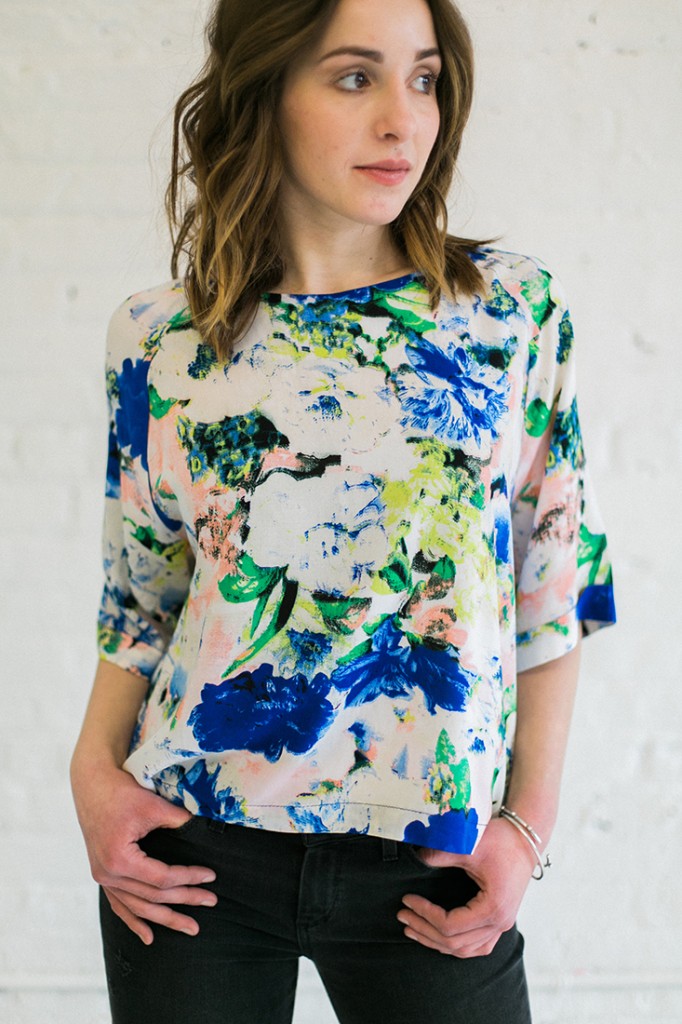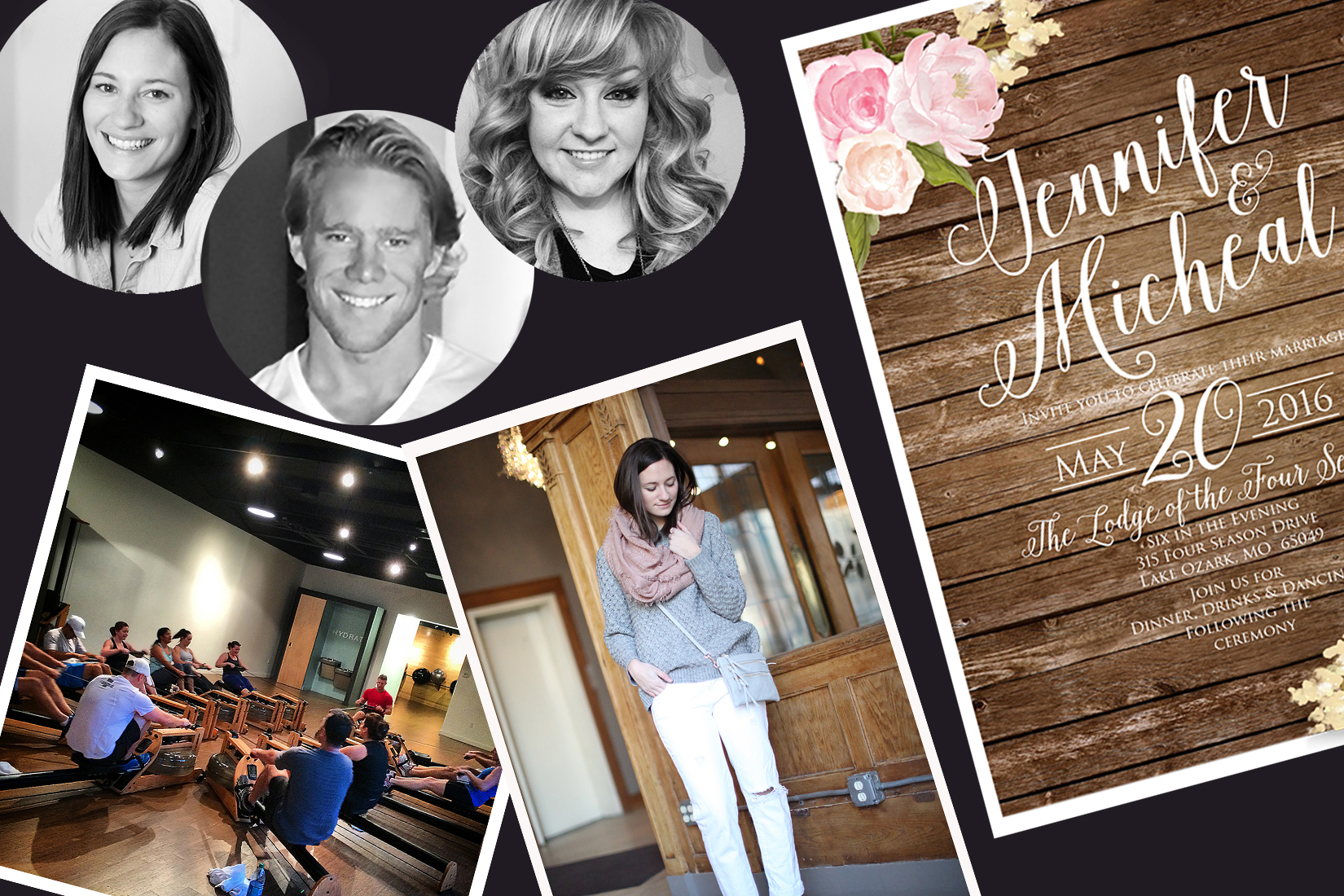The most popular cupcakes in Des Moines are dreamed up by a finance businesswoman with no culinary degree. Two years ago, Christina Moffatt of Crème Cupcake + Dessert abandoned a thriving corporate career to dedicate herself to baking. Now, the 35-year-old has gone from whipping up treats in her kitchen to owning an avant-garde bakery with a staff of 16.

But Moffatt’s success story is an exception, a needle in the haystack of failed business endeavors. It takes more than luck to transform a hobby into cold, hard cash. For Moffatt, it took a lot of guts. “I was basically leaving a stable corporate job to go to the complete unknown,” she says.
Despite the odds, success of small businesses is surprisingly prevalent. In 2013, Forbes reported that 28 million small businesses nationwide represent 75 percent of all businesses. Of those small businesses, 22 million are self-employed individuals with no additional employees or payroll. The bottom line: small business ownership is hard, but success is attainable. For these three Midwesterners, hard work paid off.

Mariah McIntyre, graphic designer and owner of Cleary Lane Weddings on Etsy – Wichita
Her product: Printable, customizable paper goods for weddings.
The backstory: Mariah McIntyre never learned things the traditional way. She hated the classic classroom setting and bored easily. After trying four different colleges and deciding criminal justice wasn’t for her, McIntyre had had enough. “I don’t feel like I quit,” she says. “I just chose a different path.” Abandoning higher education led McIntyre to a cashier job at a hunting store. Not exactly what she had planned.
How she got started on Etsy: While classrooms may not have been for McIntyre, the core of her business’s success is tied to learning — this time through self-teaching. She started her first Etsy business, Deaconnessa Designs, in March 2014, after learning how to make paper-bead jewelry through online tutorials, eventually expanding into metalwork. She’s since closed that store to start on her second Etsy endeavor, Cleary Lane, which launched that April.
Cleary Lane came after McIntyre taught herself graphic design with the help of YouTube. Transitioning to designing printable wedding invitations was not only a more viable business, but a more convenient one, too. Rather than ordering and then shipping traditional, pre-made invitations through the mail, clients on Etsy can choose a digital template from hundreds of designs and collaborate with McIntyre to create their one-of-a-kind invitation. It’s a bonus for customers, too: She says the average cost of a traditional paper wedding invitation costs $3 — multiply that by an average of 130 guests, and you’ve got yourself an investment. By comparison, a single Cleary Lane invitation template — with unlimited (less expensive) printing options — costs $8. “Initially, the reason I started a business was because I really hated working retail and I wanted to be free,” McIntyre says. “It soon became more than that when I realized how many people loved my products.”
The turning point: In June 2014, McIntyre took a week-long vacation to the Lake of the Ozarks in Missouri. She spent it expanding Cleary Lane by designing new templates to add to her online store and collaborating with clients to get their invitations just right. But on the day she was supposed to return to her cashier job, her car broke down — it wasn’t fixable. “It all suddenly clicked,” McIntyre says. “It was a crazy idea, but I decided that since I no longer had a car, I was going to quit my job and work from home. My family thought I was nuts.” Despite the financial uncertainty, she had a gut feeling that she’d made the right choice — and now, she’s making four times as much as she did as a cashier.
The moneymaker: When McIntyre first started Cleary Lane, her goal was one sale a day — a daily income of $10. Now, she makes 8 to 10 sales a day and, with each sale averaging $14, she no longer worries about paying her bills. The key to her success: diversifying her products. Rather than limiting herself to invitations, she branched out into all things wedding related, from RSVPs to place cards and menus. Less than a year into becoming a full-time Etsy vendor, McIntyre makes nearly 10 times her previous salary during peak wedding season, from April to September.
Jon Knopke, founder and owner of a non-traditional gym, Health House – Kansas City
His product: A high-end wellness center with a focus on rowing that eliminates the fees and stress of the traditional gym.
The backstory: Extensive experience in the fitness world taught Jon Knopke that convenient box gyms — massive, stark complexes like Gold’s Gym or Life Time Fitness — often lack hands-on help. People at those big gyms often don’t tone up, drop pounds, or meet their fitness goals because no one tells them how to be successful. “They feel somewhat intimidated because most of the cardio pieces are in front of everybody, but they get on them because that’s the easiest thing to do,” he says. “So they’ll get on the treadmill, they’ll walk or run for 30 or 40 minutes, and they’ll watch TV. They’re convinced that’s going to change them.” Knopke witnessed this countless times until he introduced his hometown of Kansas City to a new kind of fitness.
The turning point: A former rugby player and sports fanatic, Knopke became a trainer at Equinox, a leader in luxury fitness, shortly after graduating college. Everything clicked. “This is what I’m meant to do for the rest of my life,” he told his then-girlfriend, now-wife Melanie. While Knopke says he always had an entrepreneurial spirit, he didn’t have the time or experience to create Health House. “I needed 7 to 10 years of solid experience to feel comfortable enough to execute a business plan, get a loan, and actually bring [the project] to fruition,” he says. When he finally developed the concept for Health House, he presented it to a consultant, who fell in love with it immediately. The rowing studio opened its doors in October 2013.
The tough part: For Knopke, it was hard to bet everything on something that could totally flop. “It’s a huge risk,” he says, “but without risk, there are no rewards as far as I’m concerned. Do we risk everything? Absolutely. Is it worth it? In my opinion, 100 percent yes.” Knopke’s wife, Melanie, told him she was on board even if they lost everything. Without her support, Health House wouldn’t exist.

The moneymaker: “When you come in here, you’re going to get an unbelievable workout every single time,” Knopke says. “You’re not going to come in and be left to your own devices. Ultimately, we want to take care of the customer more than anything else.” While personal training is expensive, Health House delivers the same results at a fraction of the cost. Classes are kept small and intimate — 20 to 25 people. For $100 a month, fitness junkies and newbies alike can enjoy an unlimited amount of classes. “At the end of the day, you’re going to get the exact same results you would get if you were training with me privately,” Knopke says.
Up next: Based on the success Knopke has seen with membership, he says Health House has been a massive hit. “We don’t really have people that leave,” he says. He wants to keep the facility small and intimate — at 250 members, Health House is only 50 away from its maximum capacity. A second location is already in the works.

Katelyn Kosinski, owner of e-shop Woodbury Lane – Milwaukee
Her product:Woodbury Lane, an online clothing and accessory shop she runs out of her home.
The backstory: Throughout college, Katelyn Kosinski worked as a sales associate at Gap. Her jam-packed schedule forced her to quit, but her love for retail and fashion never went away. She revisited it after graduating college. Though she had a psychology degree in tow, she decided against grad school and, while working as a nanny, began looking into fashion blogging. In need of a creative outlet and missing the fashion community at Gap, Kosinski launched her Midwest fashion blog, “KatelynNow,” in August 2013. But quickly thereafter, she wanted to create a bigger fashion business.
The turning point: Kosinksi’s father owns an insurance agency, and he had given her the option to take over the business when he retires. “That was something I had kind of considered,” she says. “The more I considered that, the more I thought about opening my own business.” With her father’s guidance, Kosinksi was sure she had the resources necessary to create a business of her own — but not as sure about execution. To find out more about the ins and outs of small businesses, she arranged a meeting with a woman she knew who ran a jewelry store out of her home. The storeowner encouraged Kosinski to give it a try, but she also issued a friendly warning: “Don’t expect to make money within your first year or two.” Kosinski decided she could handle that if she was doing something she loved, and the journey to Woodbury Lane began.
The starting process: Starting her business debt-free with the help of a lifelong savings account, Kosinski formed her LLC in July 2014. In October, she traveled to STYLEMAX, a clothing and accessory trade show in Chicago. She personally curated her entire collection — hand-picking every piece, from flowy T-shirts to dainty bracelets. She describes Woodbury Lane’s overall style as “very contemporary and minimalistic — things that will be in your closet forever.” Aside from a little help from the models she hires and photographer friends who helped assemble Woodbury Lane’s first lookbook, Kosinski runs the e-shop all on her own.
The tough part: Kosinski’s greatest difficulty has been figuring out how to photograph her merchandise to make it look as good on a screen as it does in person. “I have a nice camera,” she says, “and that’s about it.”
Looking ahead: For now, Woodbury Lane’s headquarters is modest: a spare bedroom in Kosinski’s parents’ house, which she’s turned into a mini warehouse. Someday, though, she hopes to move the merchandise to a brick and mortar shop and studio, where she’d combine a photography space with a retail space.

